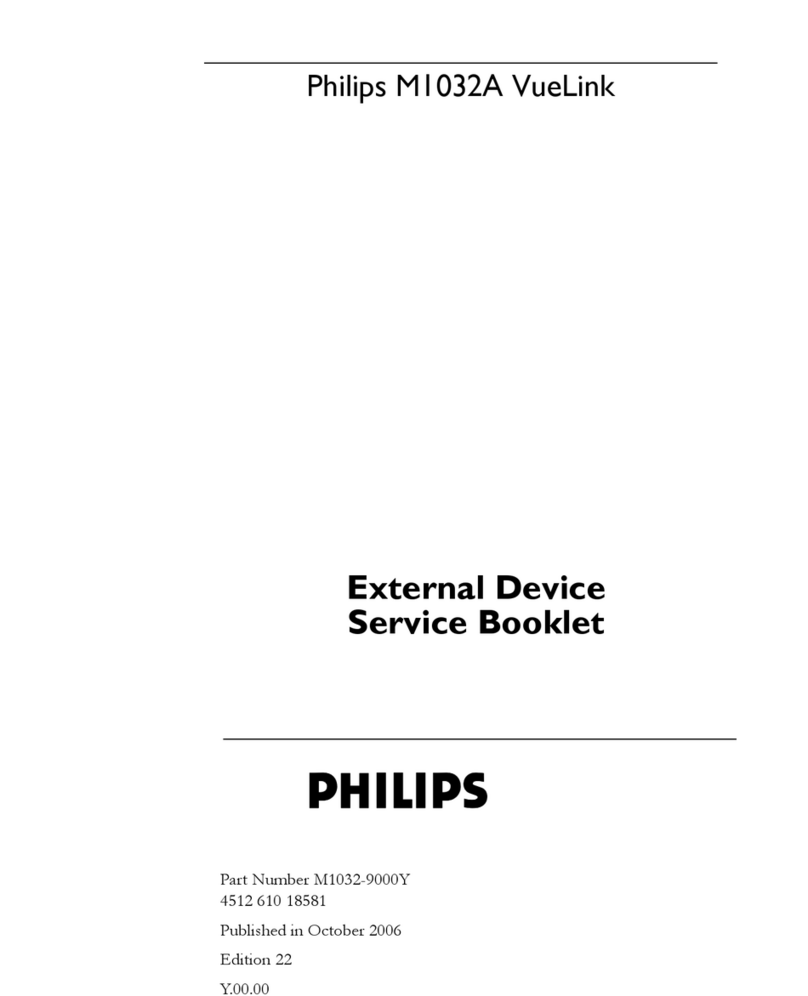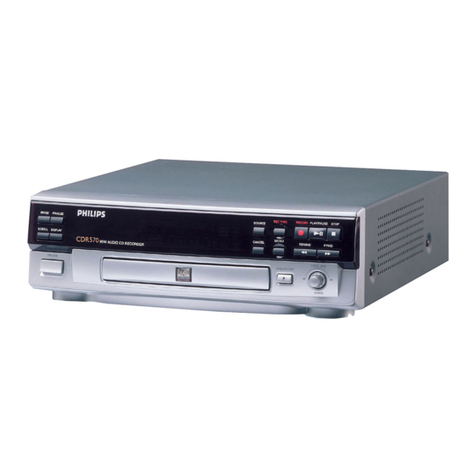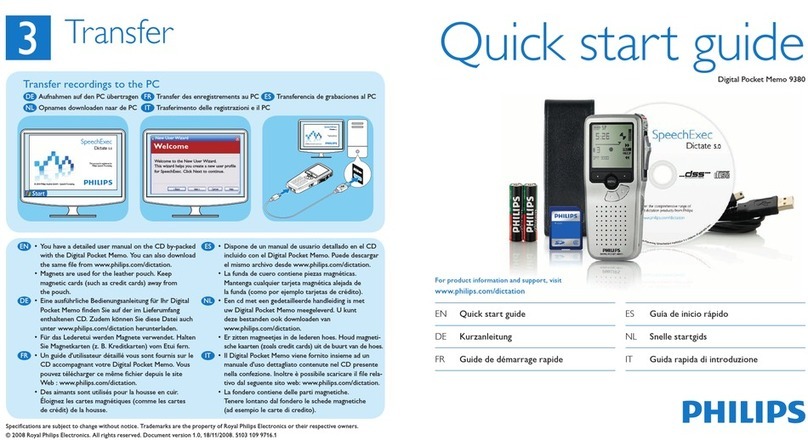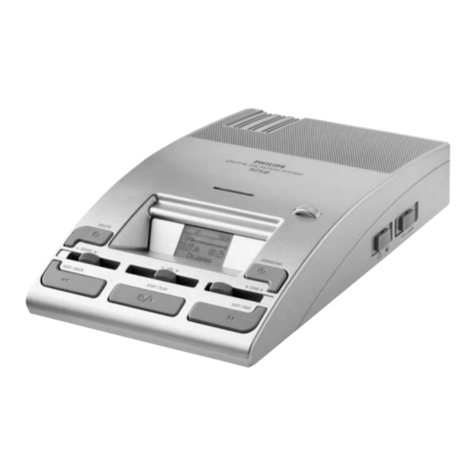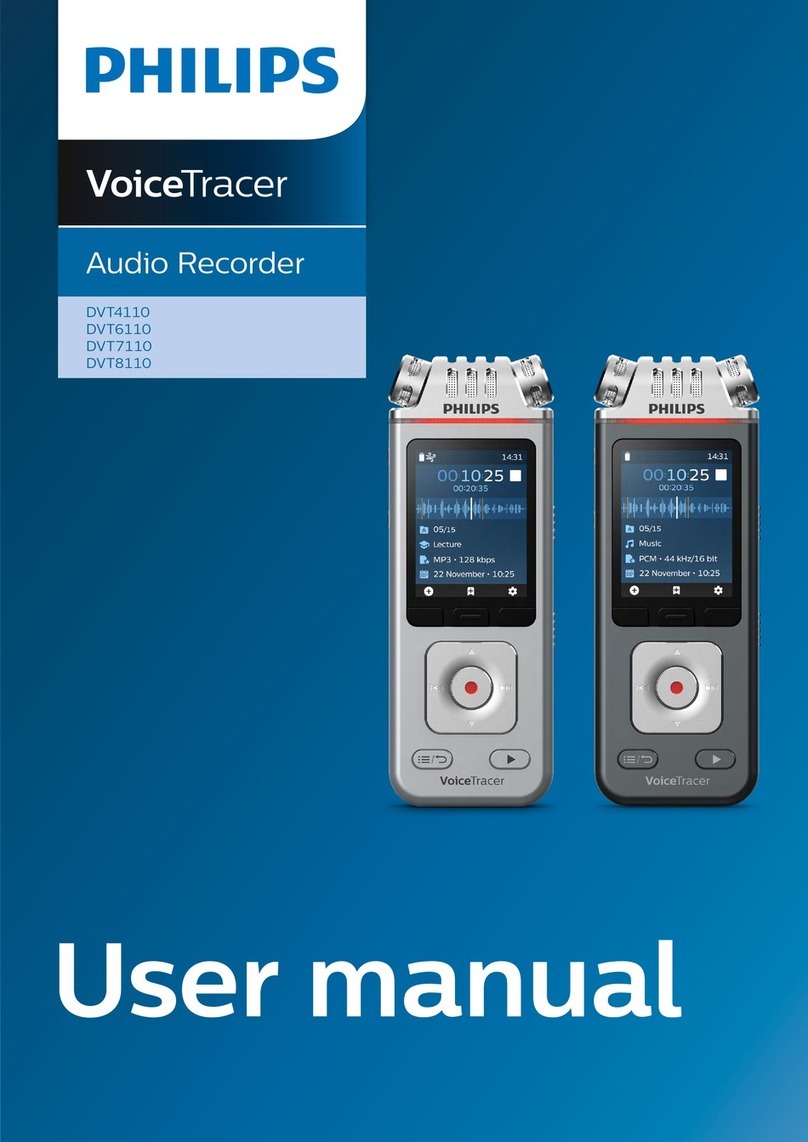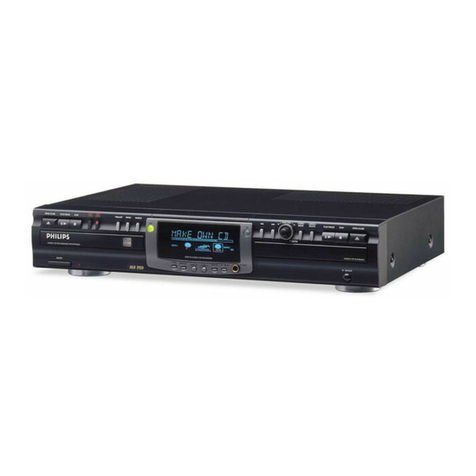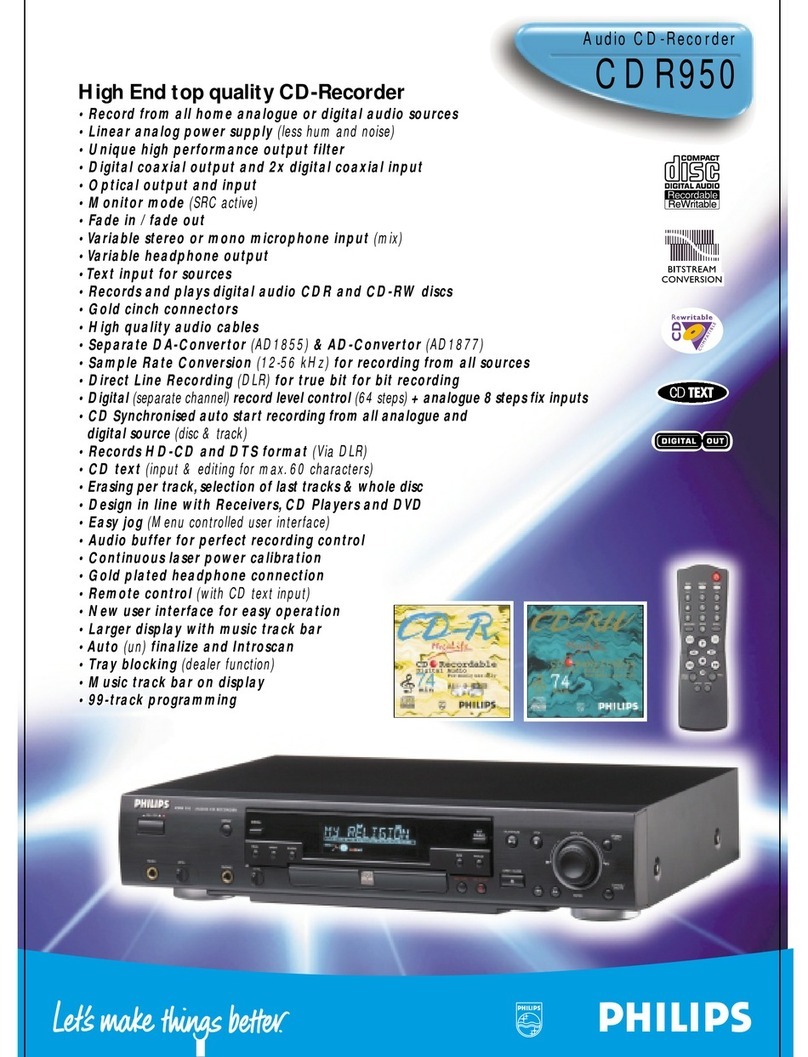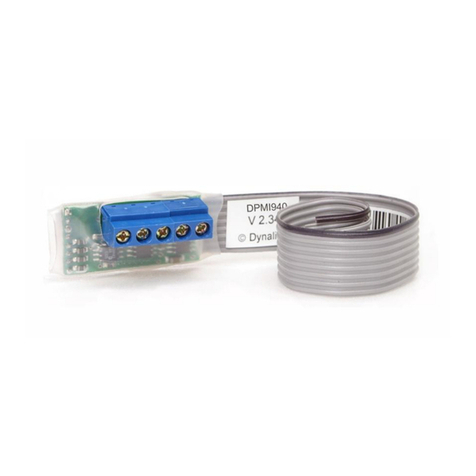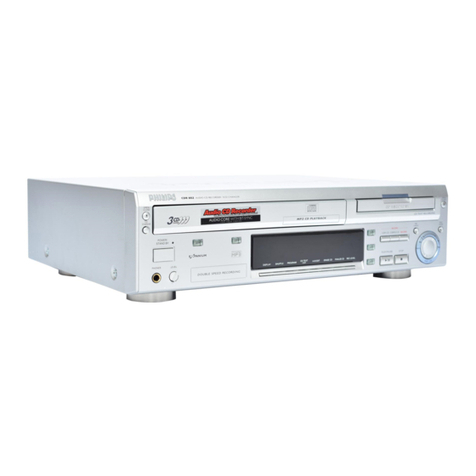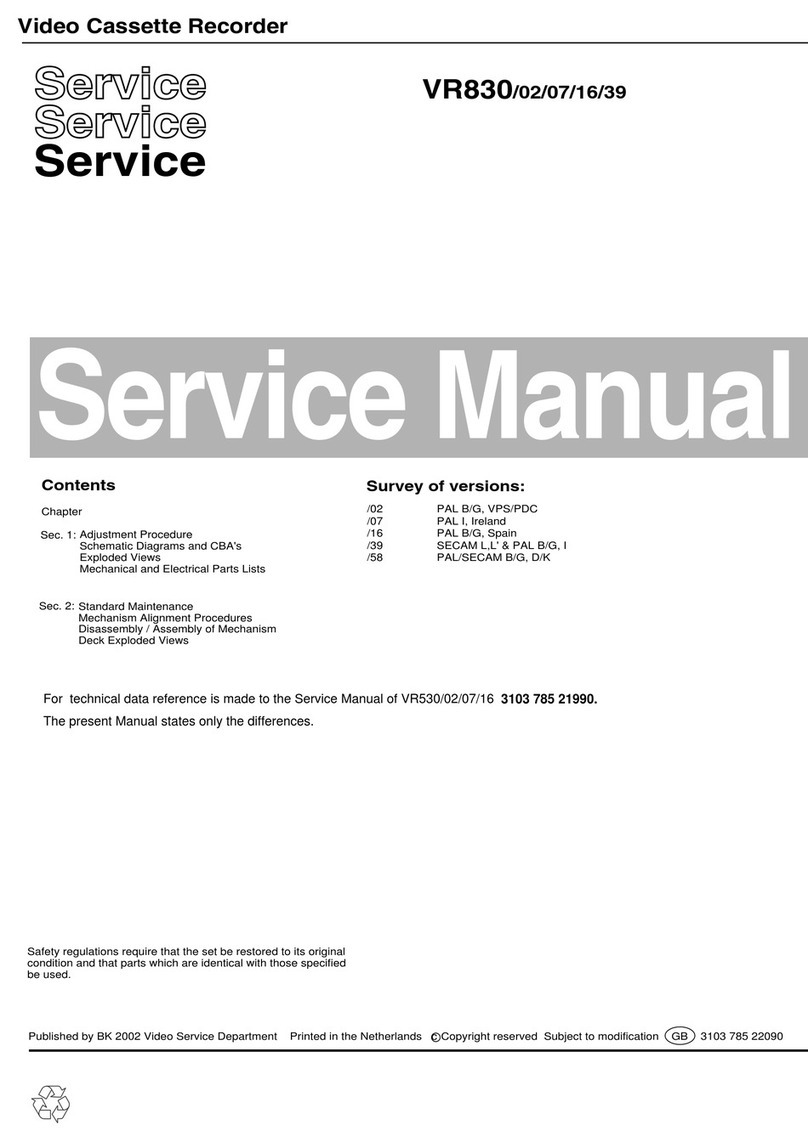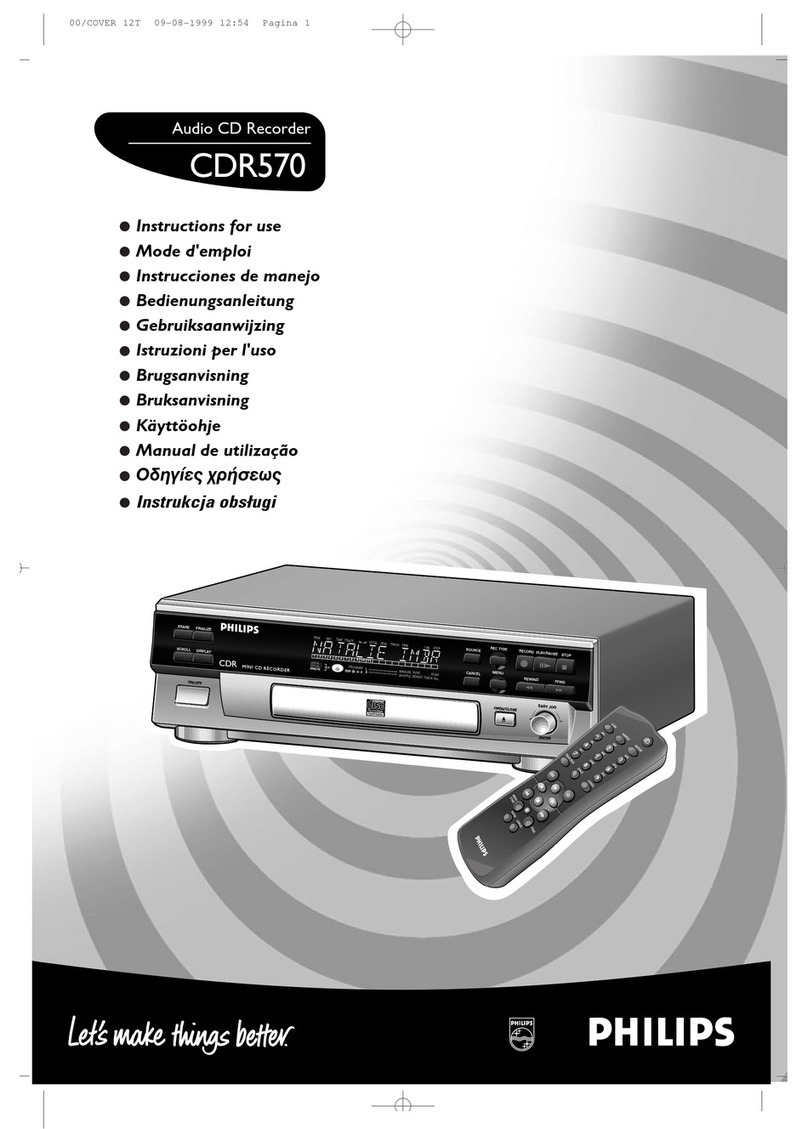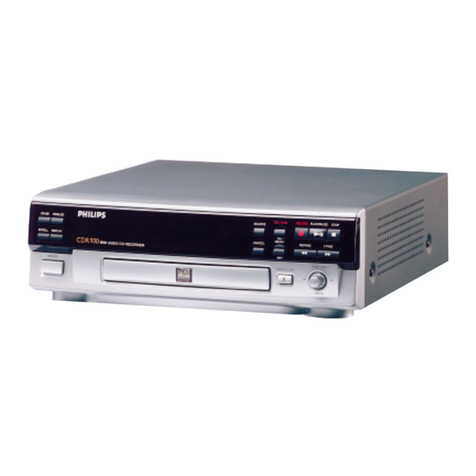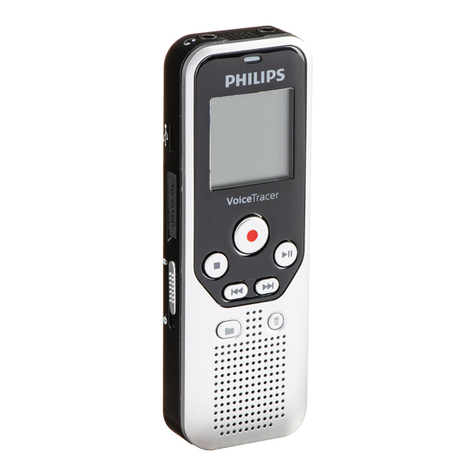
1996 Dec 12 7
Philips Semiconductors Product specification
Smart card interface TDA8001
FUNCTIONAL DESCRIPTION
Power supply
The circuit operates within a supply voltage range of
6.7 to 18 V. VDD and GND are the supply pins. All card
contacts remain inactive during power up or down.
POWER UP
The logic part is powered first and is in the reset condition
until VDD reaches Vth1. The sequencer is blocked until VDD
reaches Vth4 +V
hys4.
POWER DOWN
When VDD falls below Vth4, an automatic deactivation of
the contacts is performed.
Voltage supervisor
This block surveys the 5 V supply of the microcontroller
(VSUP)inordertodeliveradefinedresetpulseandtoavoid
any transients on card contacts during power up or down
ofVSUP.Thevoltage supervisor remains active evenifVDD
is powered-down.
POWER ON
As long as VSUP is below Vth2 +V
hys2 the capacitor CDEL,
connected to pin DELAY, will be discharged. When VSUP
rises to the threshold level, CDEL will be recharged.
ALARM and ALARM remain active, and the sequencer is
blocked until the voltage on the DELAY line reaches Vth3.
POWER DOWN (see Fig.4)
If VSUP falls below Vth2, CDEL will be discharged, ALARM
andALARMbecomeactive,andanautomaticdeactivation
of the contacts is performed.
Clock circuitry (see Fig.5)
The clock signal (CLK) can be applied to the card in two
different methods:
1. Generation by a crystal oscillator: the crystal, or the
ceramic resonator (4 to 16 MHz) is connected to the
XTAL pin.
2. Use of a signal frequency (up to 20 MHz), already
present in the system and connected to the XTAL pin
via a 10 nF capacitor (see Fig.14). In both cases the
frequency is first divided-by-two.
If CMD7 (respectively CMD3.5) is LOW, the clock signal
(its frequency again divided by two) is enabled and
buffered before being fed to the CLK pin.
CMD3.5 and internal ENRST are sampled in order to give
the first clock pulse the correct width, and to avoid false
pulses during frequency change.
The CLKOUT2 pins may be used to clock a
microcontroller or an other TDA8001. The signal 1⁄2fxtal is
available when the circuit is powered up.
State diagram
Once activated, the circuit has six possible modes of
operation:
•Idle
•Activation
•Read
•Write
•Deactivation
•Fault.
Figure 6 shows the way these modes are accessible.
IDLE MODE
After reset, the circuit enters the IDLE state. A minimum
number of circuits are active while waiting for the
microcontroller to start a session.
•All card contacts are inactive
•I/O(µC) is high impedance
•Voltage generators are stopped
•Oscillator or XTAL input is running, delivering CLKOUT2
•Voltage supervisors are active.
The DETECT line is HIGH if a card is present (PRES and
PRES active) and LOW if a card is not present. The OFF
line is HIGH if no hardware problem is detected.
ACTIVATION SEQUENCE
From the IDLE mode, the circuit enters the ACTIVATION
mode when the microcontroller sets the CMDVCC line
(active LOW). The I/O(µC) signal must not be LOW.
The internal circuitry is activated, the internal clock starts
and the sequence according to ISO7816 is performed:
•VCC rises from 0 to 5 V
•VPP rises from 0 to 5 V and I/O is enabled
•CLK and RST are enabled.
The time interval between steps 1 and 2 is 16 µs, and
64 µs between steps 2 and 3 (see Fig.7).
